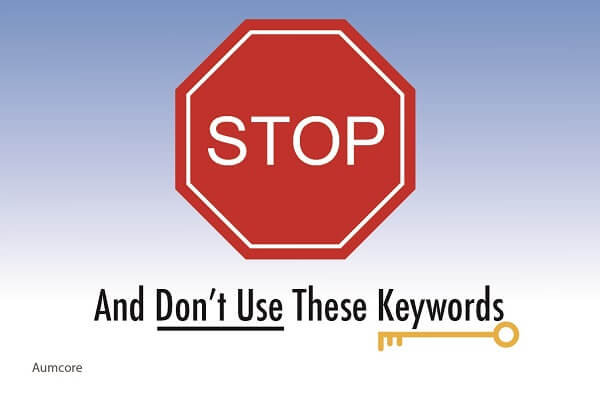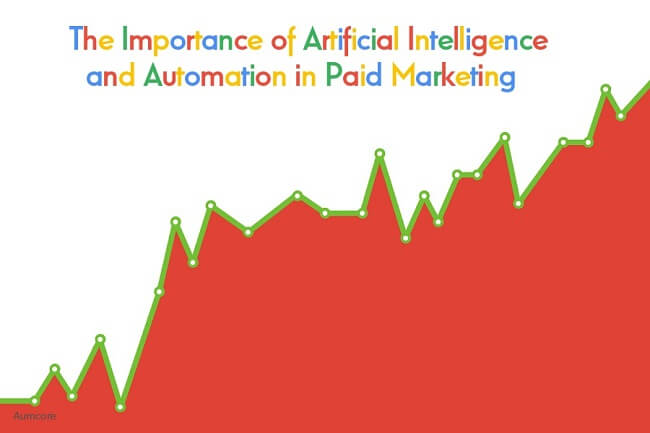The world of search has changed drastically in the past five years, and it can all be traced to the rapid adoption and usage of the smartphone. When we got our hands on them, we were instantly smitten and entered the world of intelligent personal assistants (IPAs) populated by personalities like Apple’s Siri, Amazon’s Alexa, and Microsoft’s Cortana. In fact, with the ability to do practically whatever we want with our voice, IPA usage grew so fast that today, about 46% of the US population uses them. And as you’ll soon see, the rise in mobile and IPA means a similar rise in voice search marketing.
Voice Search 2018
When voice became the new keyboard, SEO changed forever. This can be seen when you consider that 20% of searches last year were made through voice search as opposed to typed search, and that voice search SEO is different than regular SEO. As for the why, it’s because almost 70% of these were recorded using natural language. For those who don’t know, unlike text searches that use shorthand (e.g. pizza nearby or coffee shop near me), queries that use natural language, i.e. voice search, are more conversational, longer, and place greater focus on intent. In other words, they ask the who, what, where, when, why and how.
For you, someone who us trying to optimize search ads for voice search, this means a voice search PPC update and a closer look into your voice search analytics. Let’s get started!
Step 1: Use the Past to Guide the Future
Whenever you’re planning for the future, the first step is looking at the past for guidance. In the case of voice activated search, this means taking a look at your current and past campaigns to see if you already have some voice search traffic on your hands.
To start, log into your Google AdWords account and export a search query report for the past month or two months. With the file in front of you, upload it into Excel ad start sorting queries by length to narrow on those that are 5+ keywords, AKA your natural/conversational queries that most likely came from voice search, with the following handy Excel formula:
=IF(LEN(TRIM(A1))=0,0,LEN(TRIM(A1))-LEN(SUBSTITUTE(A1,” “,””))+1)
Similarly, look for terms such as Hey Google, Hey Alexa, Hey Siri, etc. that you know for a fact came from voice search. Once you have a final list of keywords using the terms above and/or are 5+ in length, you have the start of your AdWords voice search strategy.
Step 2: Get Rid of the Extraneous
With the first step out of the way, it’s time to move onto the second one, in which you’ll be trimming the fat off of your list by creating a list of negative keywords. Before we get to that, the purpose of creating this list is to eliminate low quality impressions coming from keywords that, while matched your own ads, don’t really pertain to what you offer.
That being said, look over your newfound list and search for terms you’d rather your ads not appear for. For example, if you sell luxury footwear and one of the voice search queries on your list is, Hey Siri, where can I buy flip flops, feel free to add “buy flip flops” into your negative keyword list because those who are looking for flip flops are probably not going to buy an expensive pair of stilettos. Anyway, continue looking through your list, find more outliers to add to your list, and prepare for step three.
Read: The Importance of Artificial Intelligence and Automation in Paid Marketing

Step 3: Take a Second Look at the Past
Like the first step, step three entails taking another look at the past, but this time we’re borrowing from step two and focusing on negative keywords. If you’re brand new to the PPC game, you can skip this step because you most likely don’t have a negative keyword list in place and are just starting to build one. If that’s not you, what you have to do here is look over your previous negative keywords and get them up-to-date with voice search.
For example, in the past you may have included terms such as who is, what are, where can, when is, why does and how to in your negative list, but this go-around you want to do the opposite and remove them (from your existing negative keyword list) because voice search actually entails the use of these terms. After all, continuing with our example of you being a luxury footwear seller, you definitely want to appear for searches such as, where can I buy red stilettos and what are high end shoe places near me.
Step 4: Build Your New List and Start Optimizing
Now that you have an idea as to how voice search queries look like and what your audience is searching for (and not searching for), it’s time to flesh out your keyword list and add to it. For example, use your favorite keyword tool(s) like Moz’Keyword Explorer, SEMRush and Answer the Public to find more long-tail and conversational keywords that will bring you voice search traffic.
As part of this step, the keywords to focus on are the ones in question form (who, what, where, when, why and how) that give you insights into what your audience wants to know and is already searching for, and those that are a bit longer and place more focus on intent. With this information, you can start tailoring future keywords according to what you’ve learned.
Step 5: Take a Step Back, Review Everything and Repeat
Finally, it’s time to take a step back and test out your brand new and fully optimized voice search keywords. Keep in mind that this will take some time, as you have to gather a couple weeks’ worth of data to analyze whether your efforts are being rewarded.
Okay, now that you’ve waited, take a look at your keyword performance, ad performance and campaign reports to see how each individual campaign/ad is doing, and how many clicks, conversions, CTRs, impressions, etc. you’re getting. After an in-depth perusal, it’s time to head back into the lab and optimize according to what you’ve learned.
Let’s Take a Second Look
Did you get all of that? Have you modified your voice search optimization 2018 strategy accordingly? Have you updated your PPC services if you’re a digital agency? Whether you answer yes or no, let’s take a second look at the five steps you should be taking to optimize your search ads for voice search:
- Use the Past to Guide the Future
- Get Rid of the Extraneous
- Take a Second Look at the Past
- Build Your New List and Start Optimizing
- Take a Step Back, Review Everything and Repeat





Tell us your thoughts in the comments